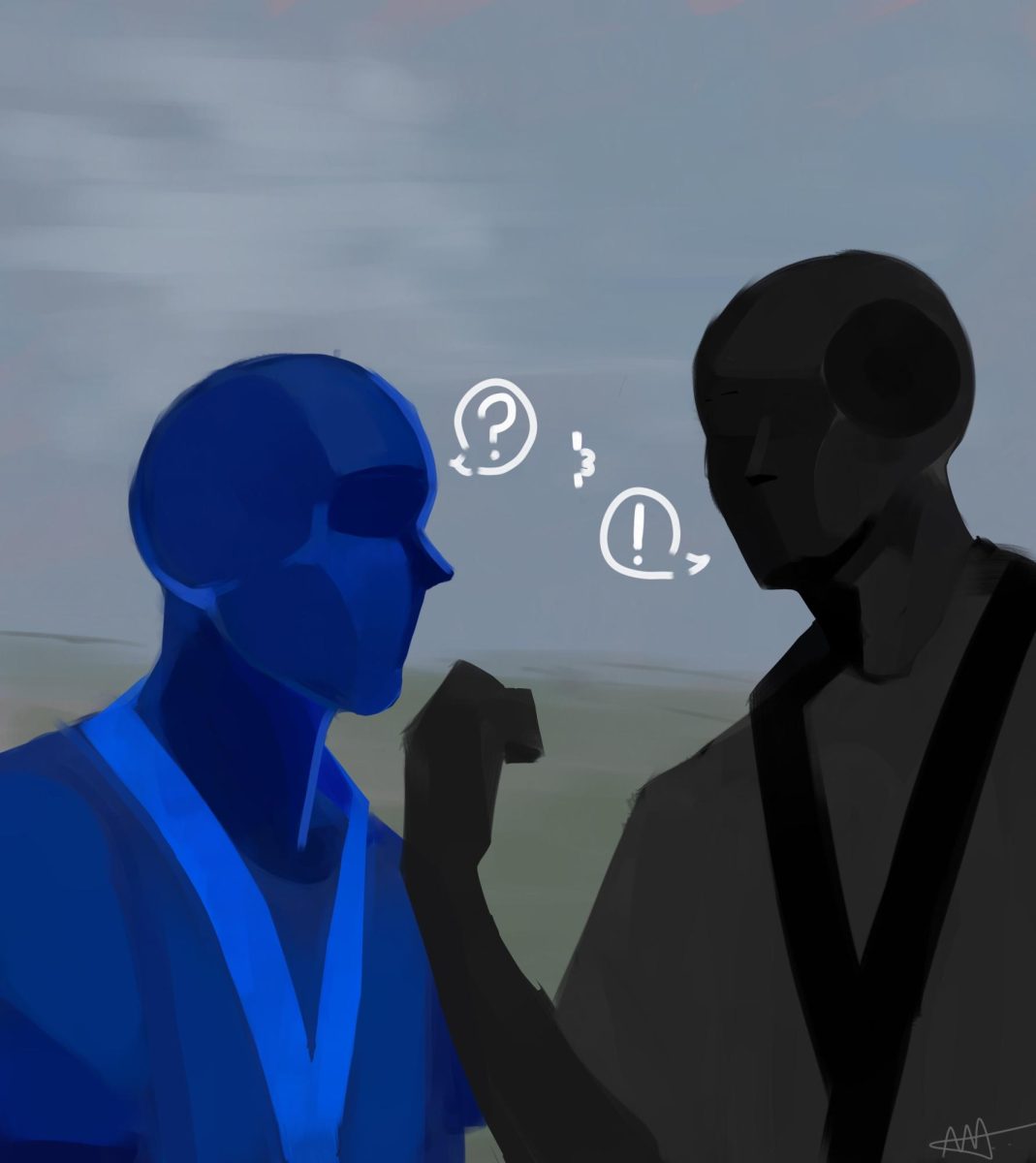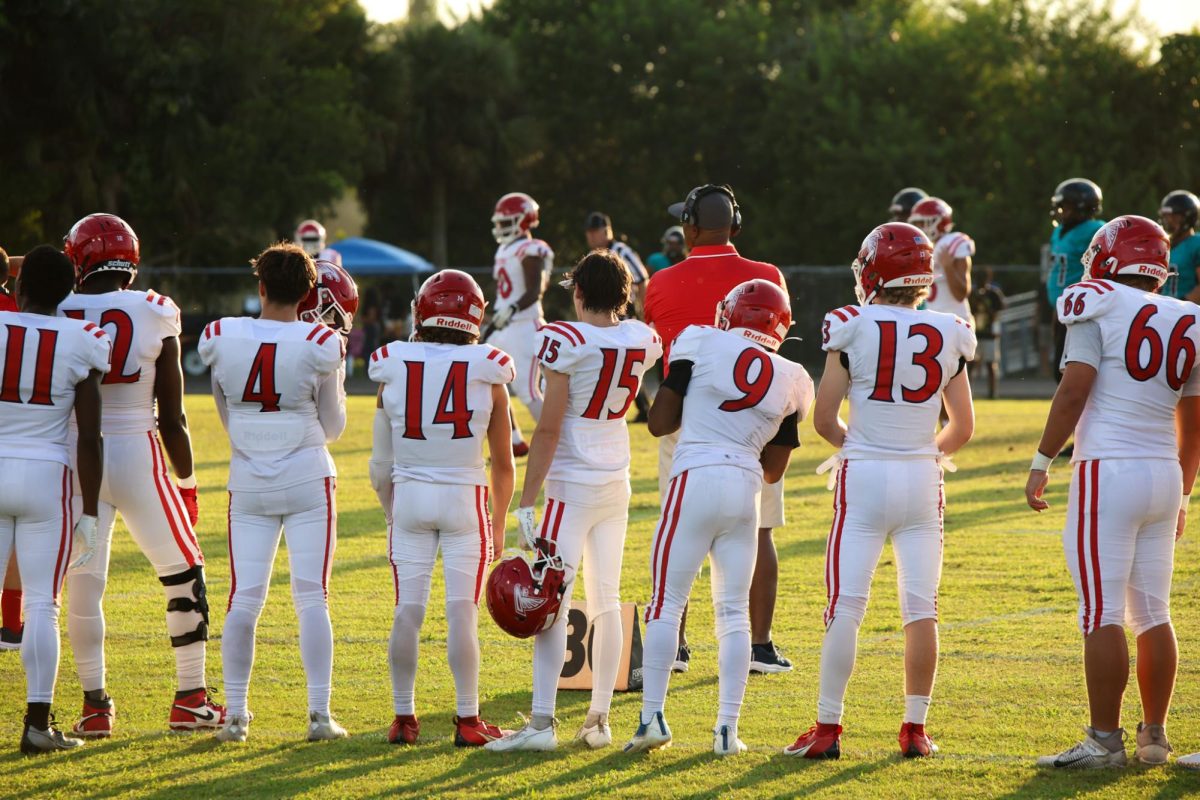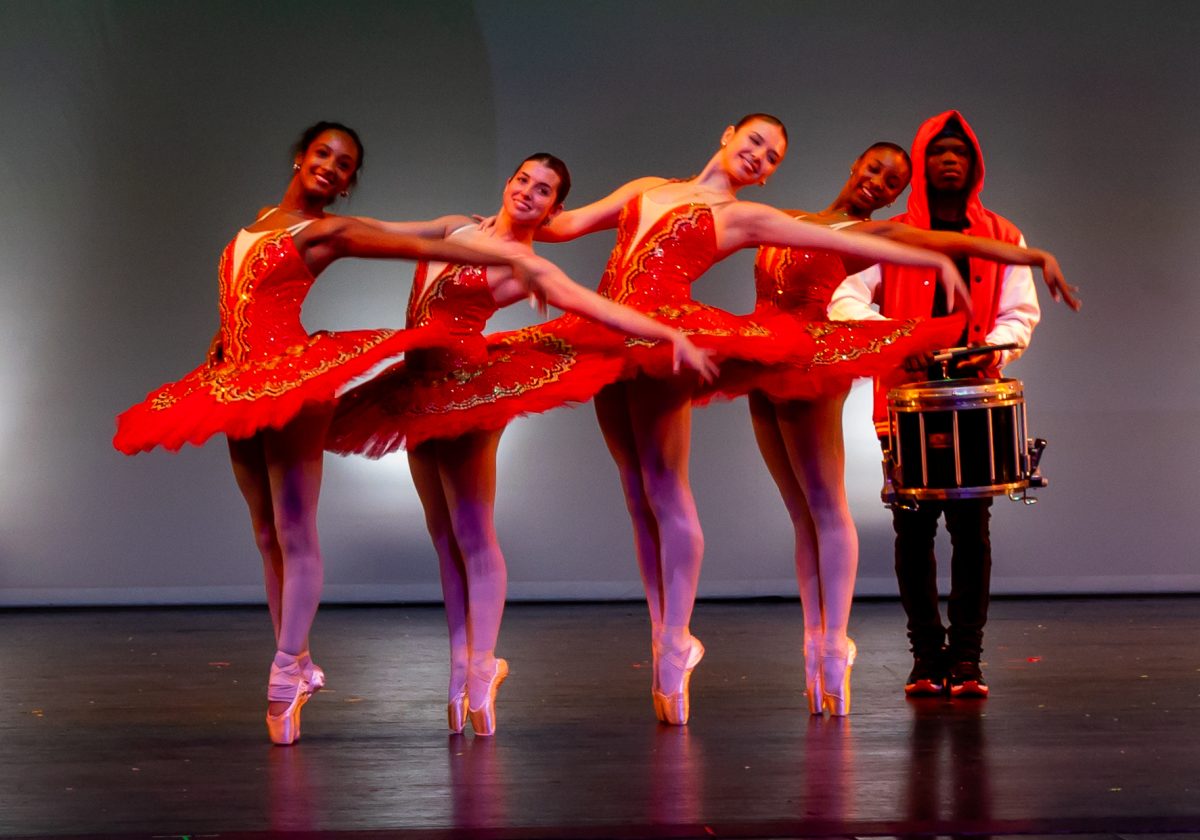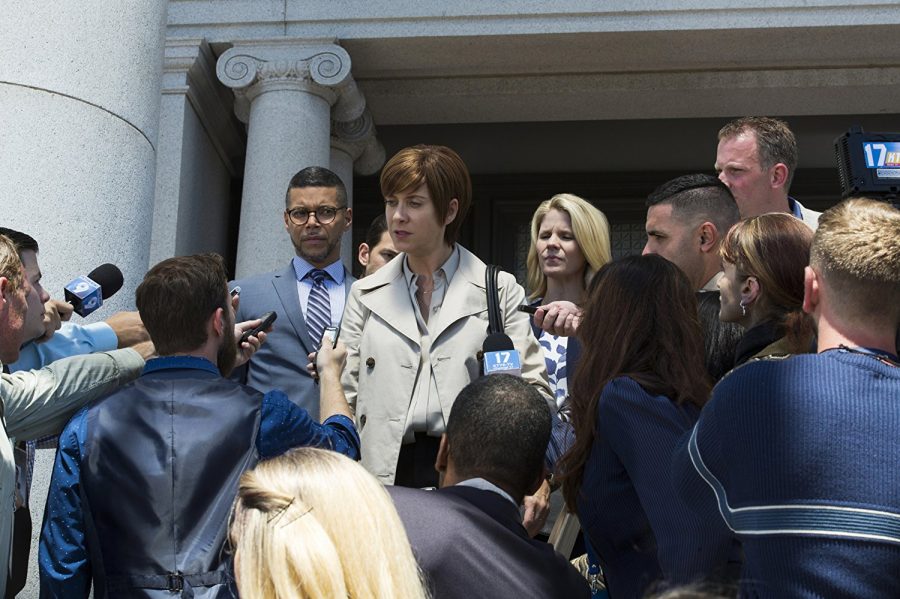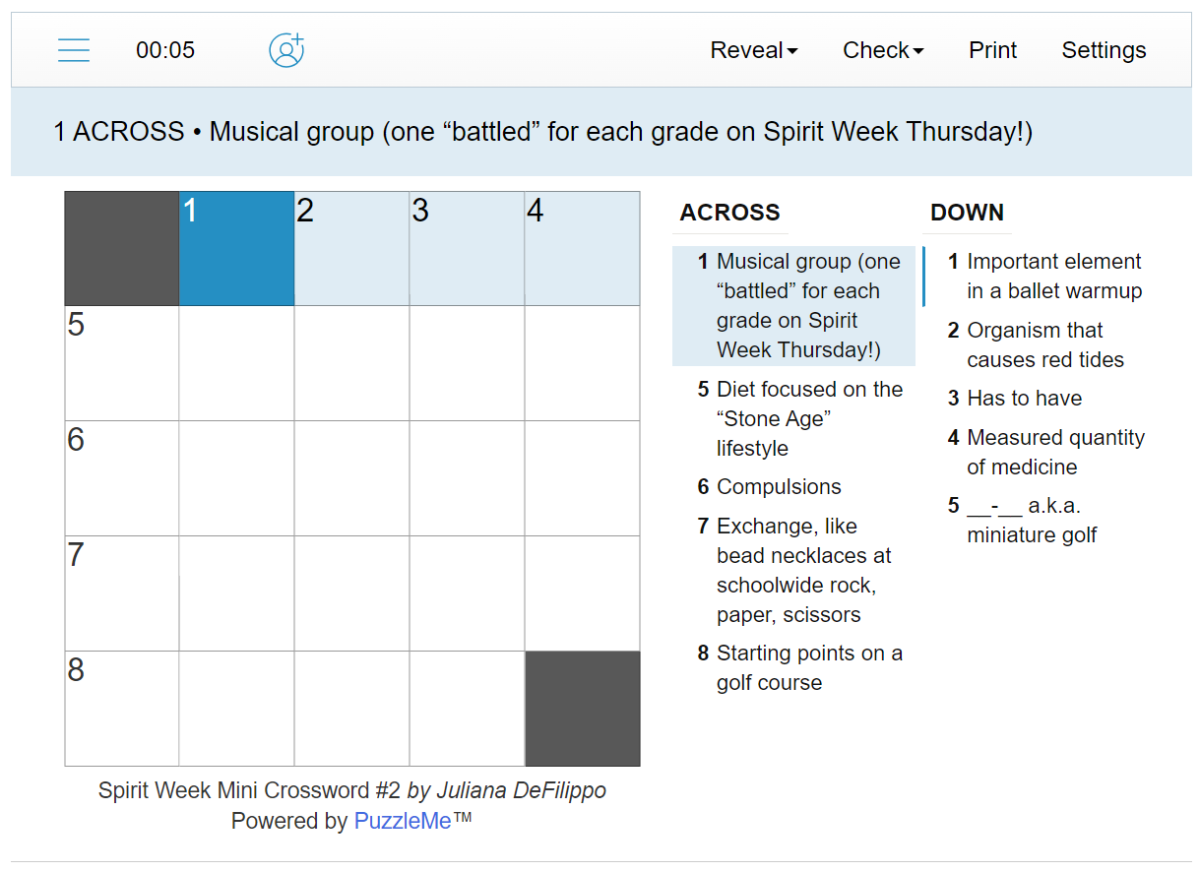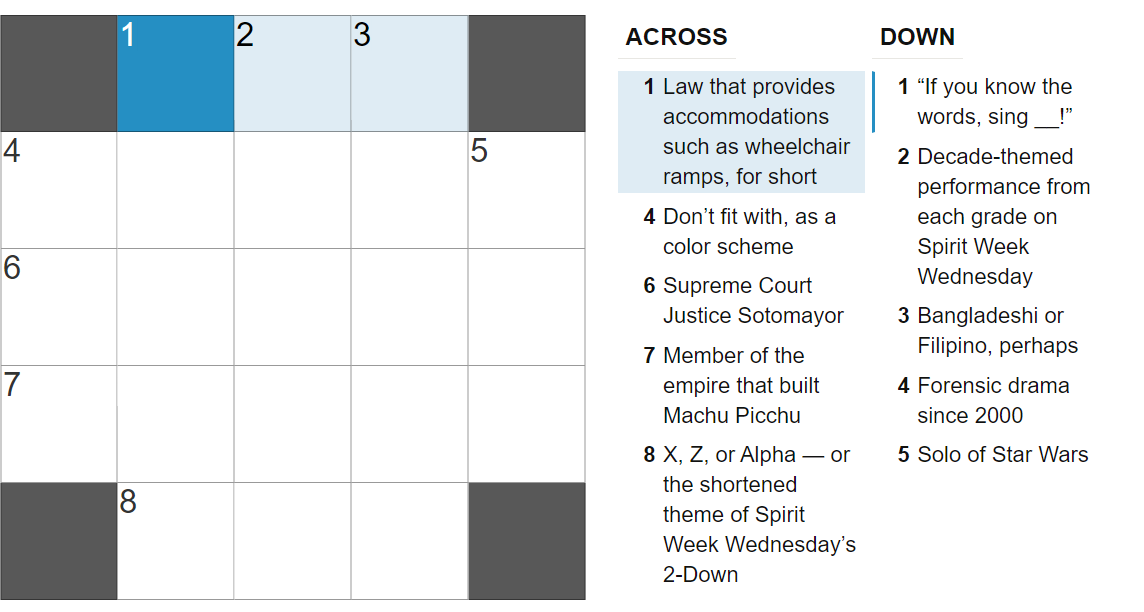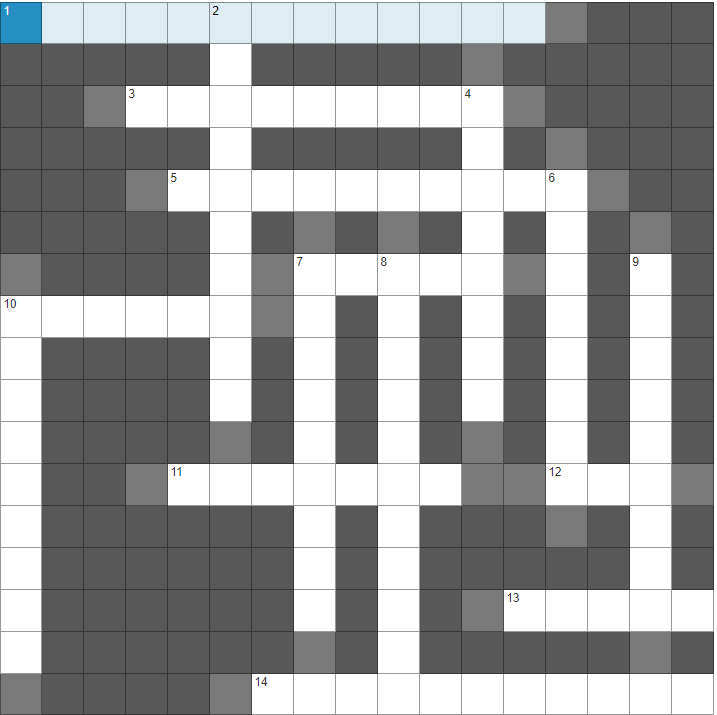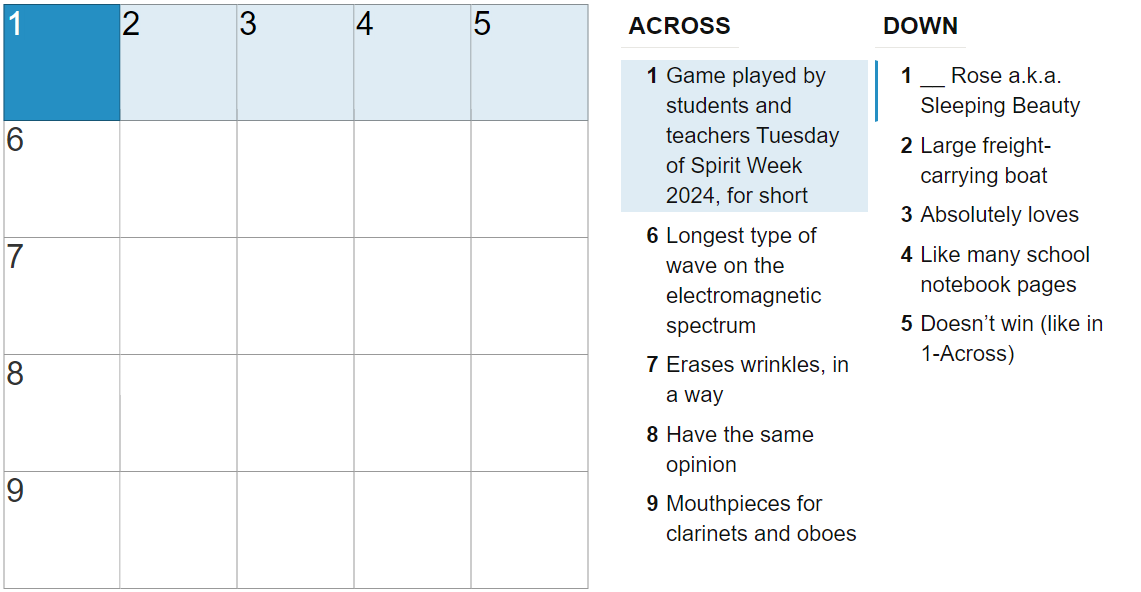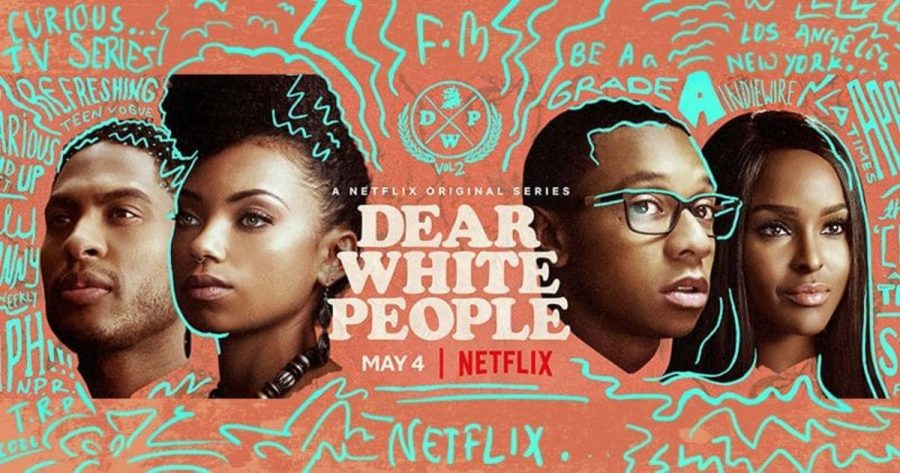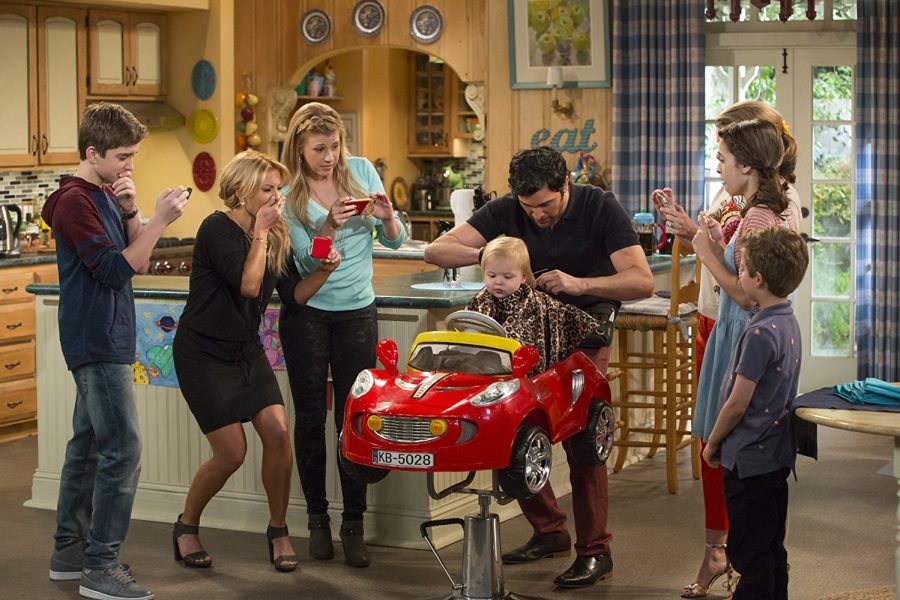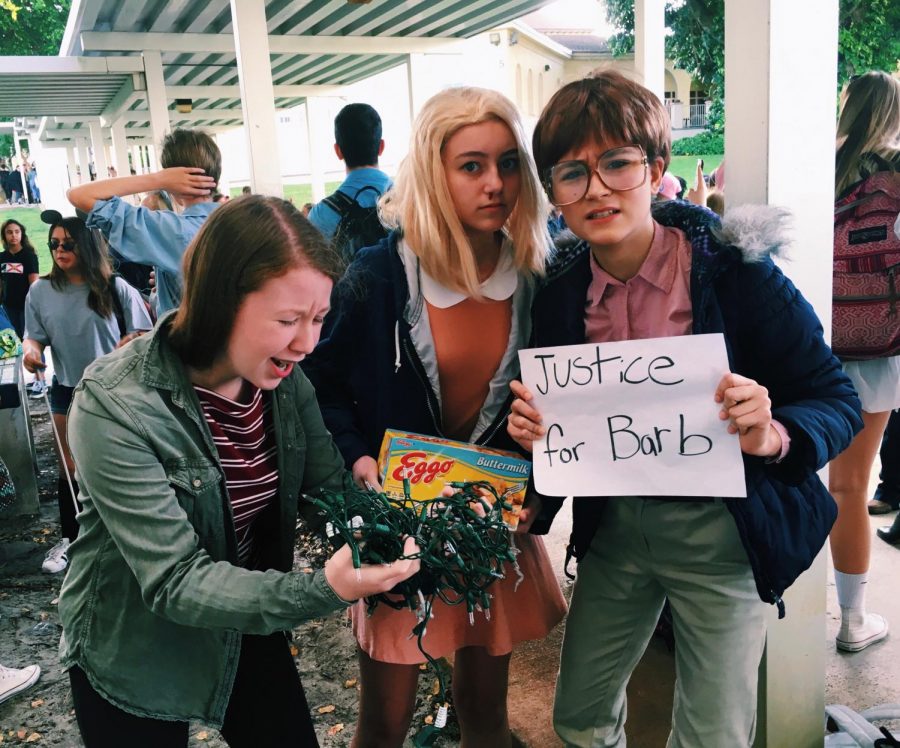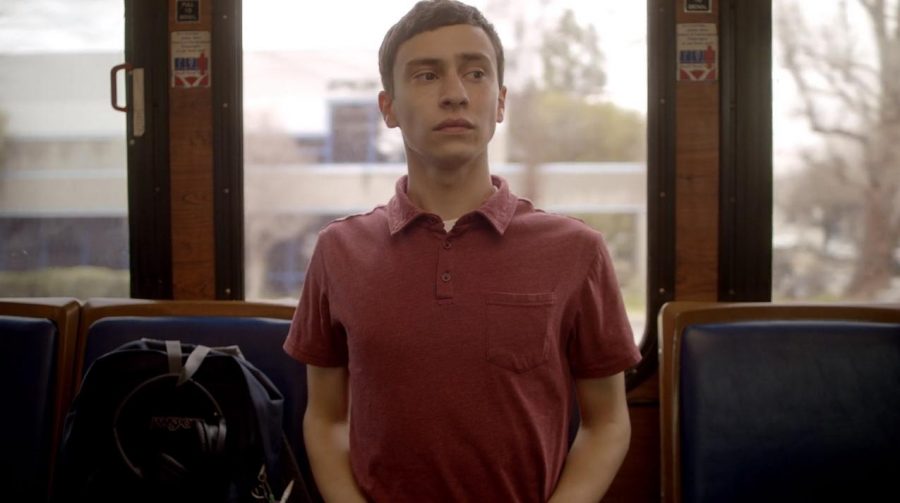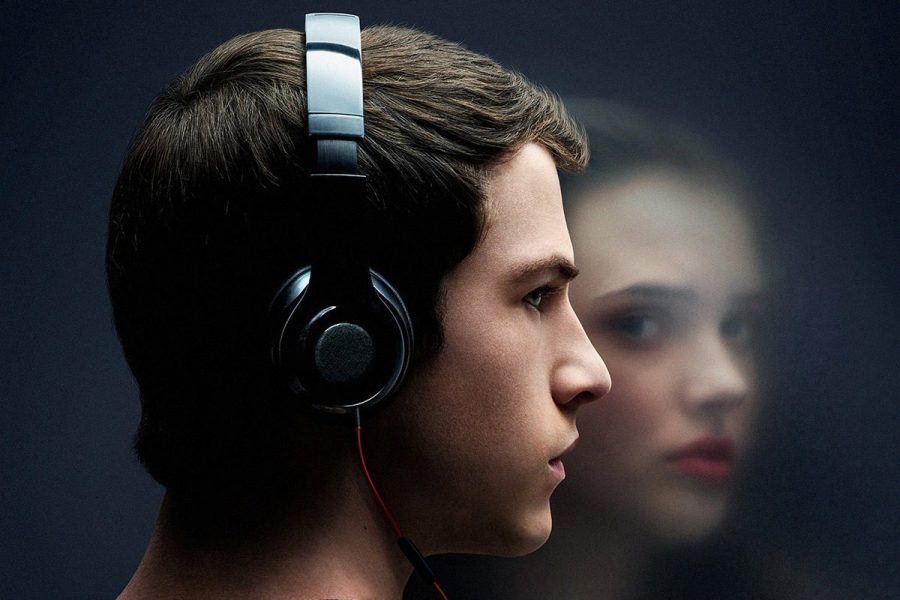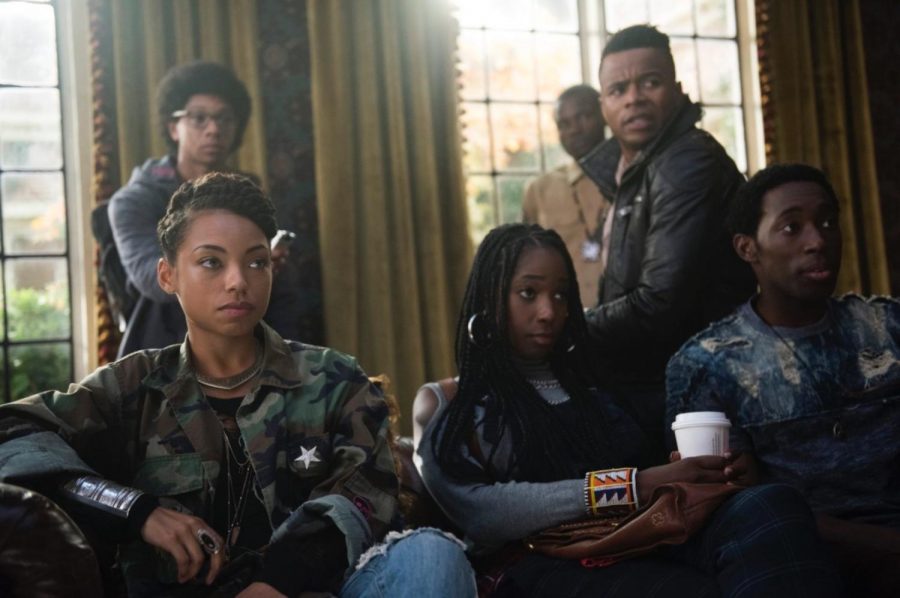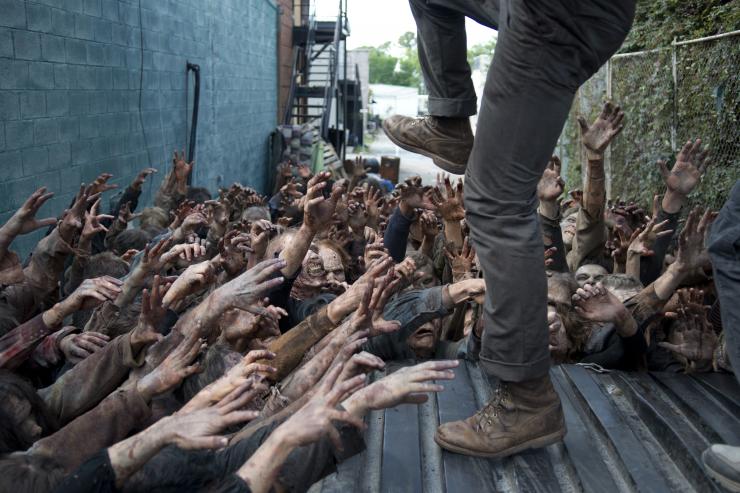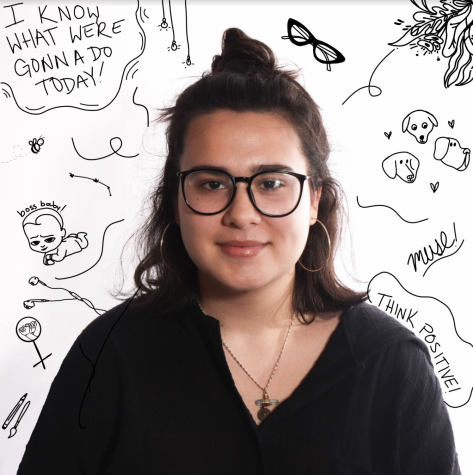Despite the hefty backlash concerning season one of Netflix’s “13 Reasons Why”, season two premiered on May 18. Once again, the show’s release sparked an emotional debate among viewers, who argued whether the show was realistic, if the conversations prompted by the show’s message were beneficial, and whether or not the show withheld a semblance of artistic merit.
If you haven’t seen “13 Reasons Why” or read the first season review, the show is centered around high school student Hannah Baker who committed suicide and left 13 audio tapes as her reasons that induced her death. Season two focuses on the trial between the school and Baker’s mother, who pressed charges at the end of season one.
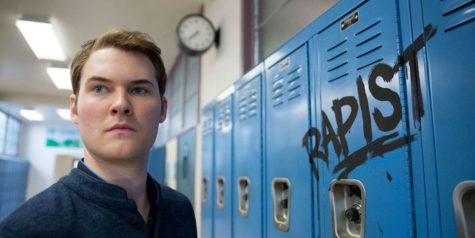
Bryce Walker, played by Justin Prentice, reacts to the school’s student body’s reaction after listening to the tapes Hannah Baker left behind that was released anonymously by Clay Jensen.
The show continues to capitalize off of the aesthetics of suicide, depression, mental illness, gun violence, and sexual assault. While the show is rated TV-MA for mature audiences only, the advertising appeals to young teens since the show takes place at a high school. There are not a lot of trigger warnings, except for the initial footage of the actors warning against the content that is displayed, as well as the queue cards Netflix provides at the top-left corner of the screen that vaguely depict that there is sexual assault, substance abuse, and suicide. Regardless, the show portrays gruesome scenes of the aforementioned topics. There is a companion series called, “Behind the Reasons”, to discuss the topics portrayed in “13 Reasons Why”, but it isn’t as publicized, meaning it isn’t sparking the right dialogue, even though there is a small attempt. They also advertise their website at the end of every episode to offer crisis resources, which is a small step in the right direction.
This season does a better job than the first at actually warning the audience, and pointing out that what Baker does is not the correct answer. There are scenes involving friends, guidance counselors, police, and parents, showcasing what the proper protocol is for someone in a crisis. But even with those steps forward, there are some significant steps back. For example, the last episode of season two showcases a couple of particularly disturbing scenes: one involving sexual assault and another involving a potential school shooting. These scenes, just as the first season did, exploits a narrative that did not need to be showcased on-screen. Particularly with the latter, as it is insensitive to showcase the act of a potential school shooting, especially with the increasing number of school shootings.
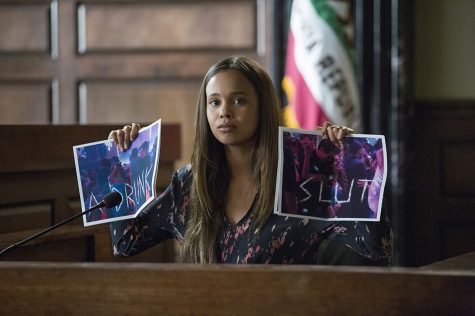
Jessica Davis, played by Alisha Boe, reveals photos she discovered in one of her classroom’s on the stand for the trial between Hannah Baker’s parents and the school board. Davis had been dealing with backlash, ridicule, and harassment at school over the previous incident shown in season one, with the photos being one of the examples.
Aside from the content of the show itself, there are some technical issues the show exhibits. The script often utilizes cliches and can be stereotypical and expected. The actors have developed better acting skills since the first season, but there are instances where scenes feel forced and uncomfortable to watch strictly based on how the acting is.
Season two’s soundtrack features a significantly different sound, mirroring the emotions of the characters with songs such as, “Lovely” by Billie Eilish and Khalid, “Start Again” by OneRepublic (feat. Logic), and a handful of 80’s music, with a British influence.
The show’s music supervisor, Season Kent, said in an interview with Billboard, “The kids are a bit angrier this season, there’s new characters that we meet that we were able to use to introduce a new sound. So this season it’s a lot more ’80s punk and new bands.”
The show is incredibly time consuming, with each episode being around an hour long. Whether it is the multiple criminal trials, the investigative drama, or the struggle of friendships, the show offers a bit of variety in storylines, allowing one to find something to continue watching for. If you didn’t like Hannah Baker as a character, you can continue your hatred while exploring the storyline that has expanded beyond one girl.
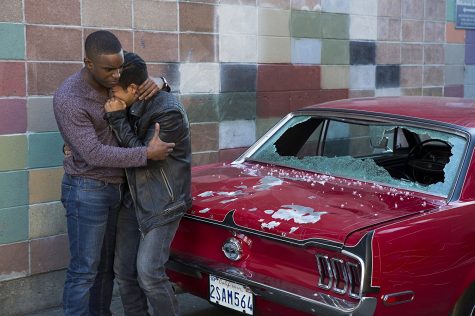
If you decide to watch the show, please be careful before doing so. Not everyone should watch this show, especially those who are sensitive to the topics discussed. Do some research and assess whether the show is right for you, and watch it with a trusted adult if you aren’t sure.






![[BRIEF] The Muse recognized as NSPA Online Pacemaker Finalist](https://www.themuseatdreyfoos.com/wp-content/uploads/2025/03/IMG_2942.jpeg)



















